17 Most Common Bed Bug Hiding Spots: Where Bed Bugs Hide

Are you tired of waking up with those annoying itchy bites and wondering where those elusive bed bugs could be hiding? Well, fret no more! We’re here to unveil the most common bed bug hiding spots and equip you with the knowledge to outsmart these pesky critters.
Bed bugs are experts at finding cozy hiding spots, and they can be found in various unexpected places. From the usual suspects like your mattress and bedding to the less-obvious culprits like the seams of your couch or the folds of your curtains, bed bugs are always on the prowl for their next blood meal (yes, that means you).
But fear not! We’re here to help you stay alert and safeguard your home against these blood-sucking pests. In this discussion, we’ll delve into 17 common hiding places where bed bugs love to lurk. Armed with this information, you’ll be able to spot their hiding spots and take proactive measures to prevent them from invading your home.
So, get ready to embark on a journey into the secret world of bed bug hideouts. We’ll cover everything from the obvious locations to the sneakier ones, ensuring you’re well-prepared to defend your home against these unwelcome visitors. Let’s dive in!
1. Bed frames:
The most common place to find bed bugs is on the bed frame. These parasitic insects are attracted to the warmth of a sleeping body and will often congregate in areas where people sleep. The bed frame is the perfect place for them to hide during the day, and they will often congregate in large numbers in this area.
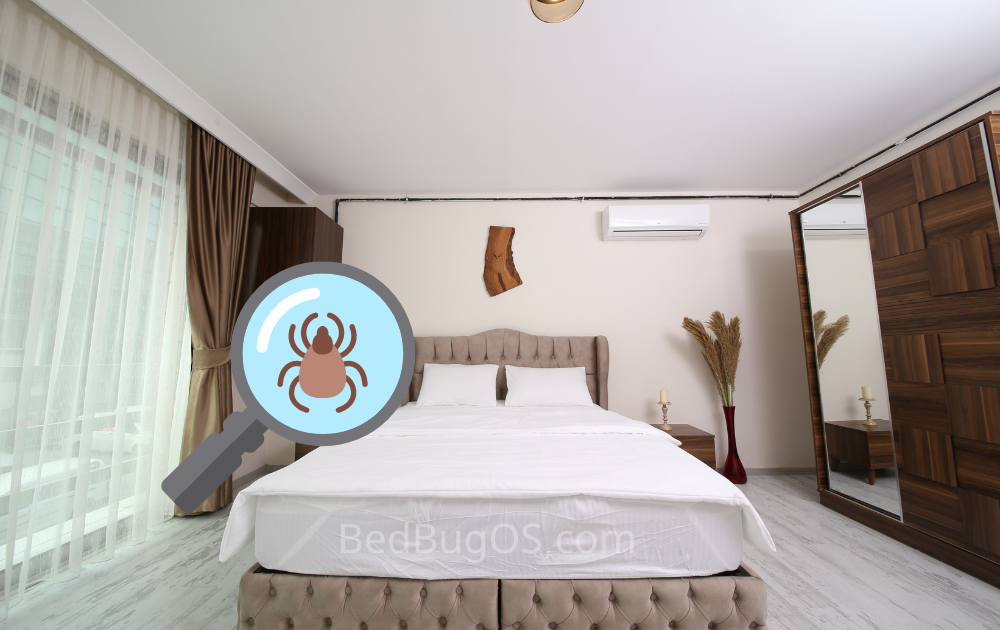
Bed bugs can also be found in other areas of the bedroom, such as in cracks and crevices in the walls, behind wallpaper, and in furniture. They will also occasionally wander into other rooms in search of food, but they will usually return to the bedroom at night.
2. Headboards:
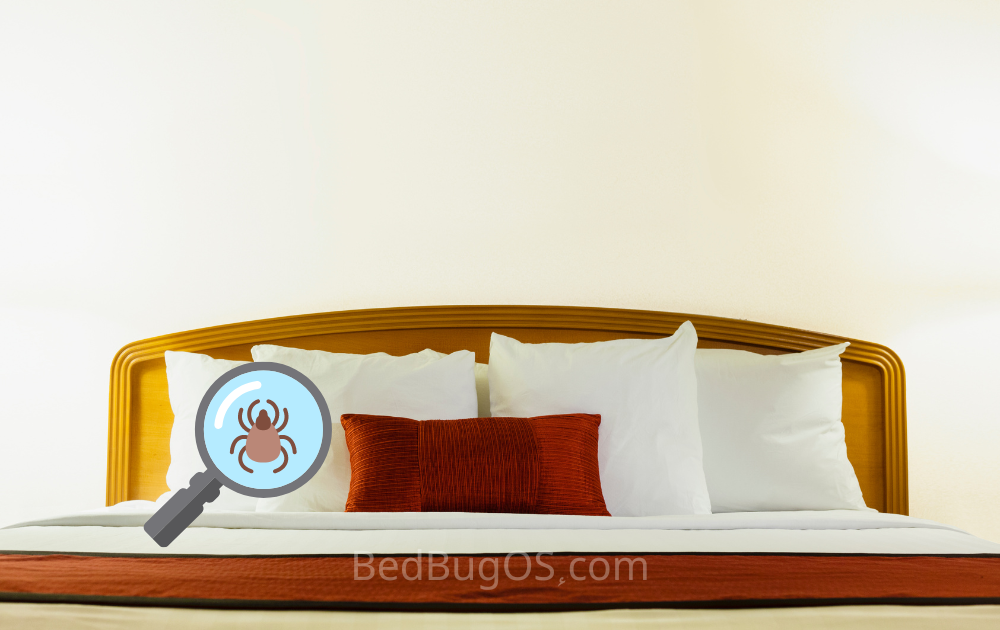
One of the most common places for bed bugs in upholstered headboards. These pests love tight, dark places and your headboard provides the perfect environment for them to live and reproduce. Check your headboard regularly for signs of bedbugs, such as small blood stains or dark spots. If you find any evidence of bedbugs, contact us immediately.
3. Mattresses:
Mattresses are a common place for bed bugs to hide. These pests are attracted to the warmth and blood of humans and often hide in mattresses, box springs, or other upholstered furniture. Bed bugs can also be found in cracks and crevices in bedroom furniture or walls.
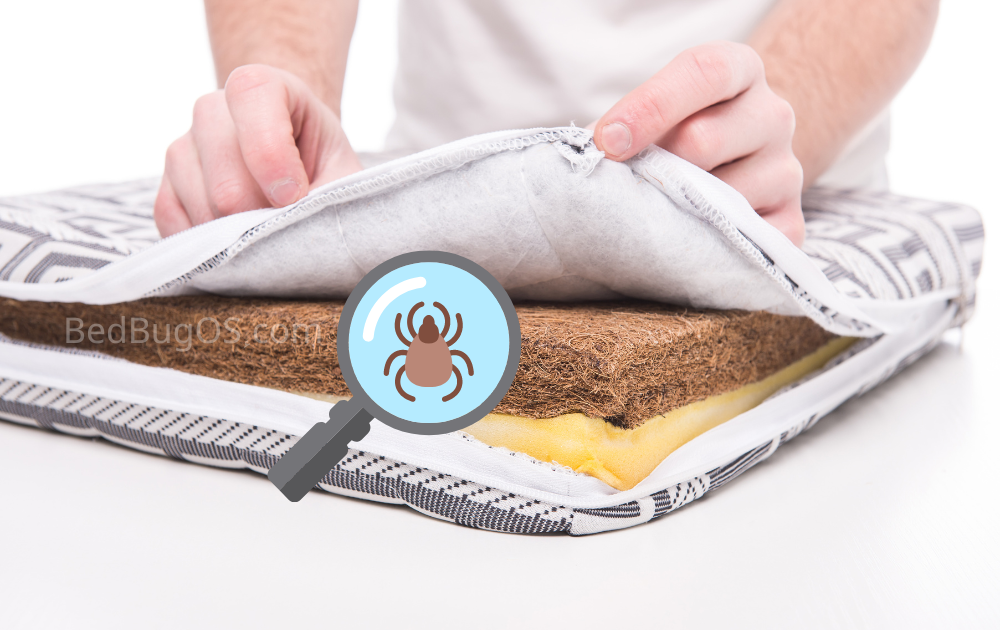
To prevent bed bugs from infesting your home, checking for these pests regularly is important, especially if you have recently stayed in a hotel or rented a furniture piece from someone else.
4. Box springs:
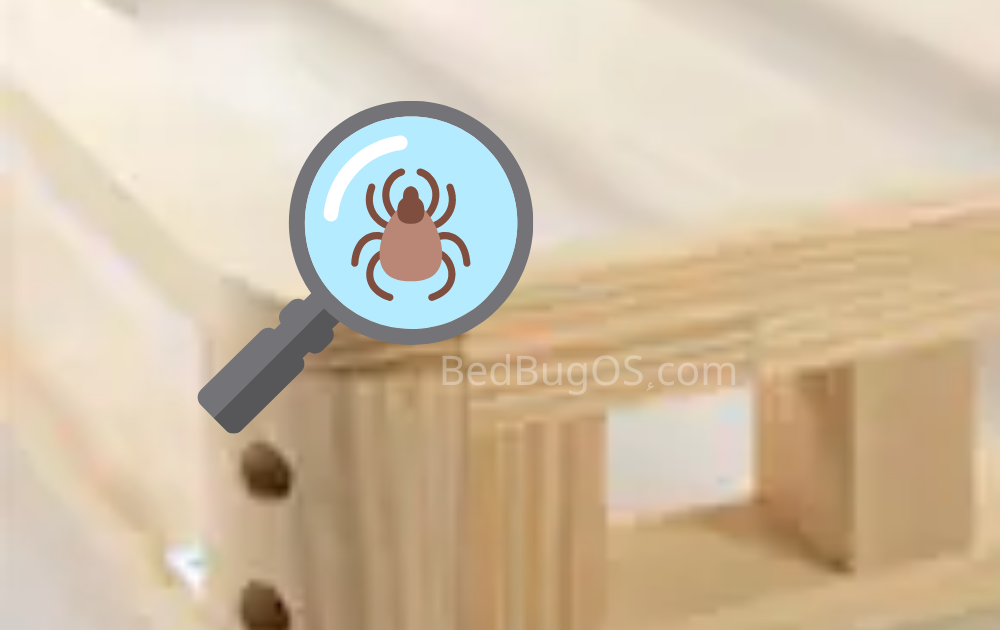
One of the most common places for bed bugs to hide is in the box springs of your bed. These little pests are attracted to the warmth and the carbon dioxide that you exhale while you sleep, making your bed the perfect place for them to hide and feed. To prevent them from taking up residence in your box springs, make sure to regularly inspect them for signs of bed bugs and vacuum them frequently.
5. Bedside tables:
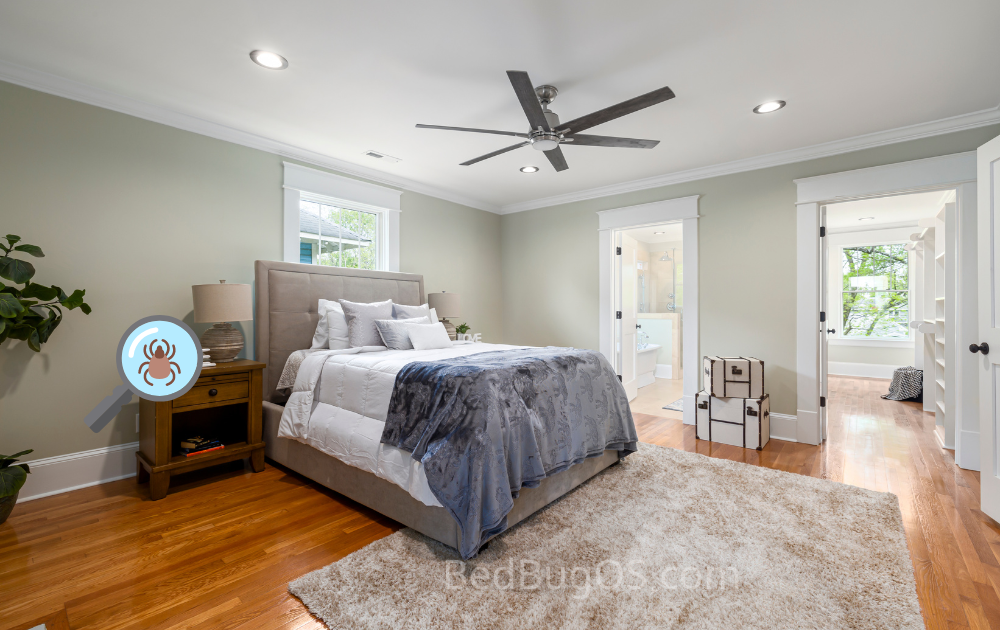
Be sure to check any and all nightstands or bedside tables. Bed bugs are great at hiding in tiny, out-of-the-way places, so even a small nightstand might be concealing a few little critters. If you have any items stored on your nightstands, such as books, magazines, or electronics, check those items as well.
6. Nightstands:
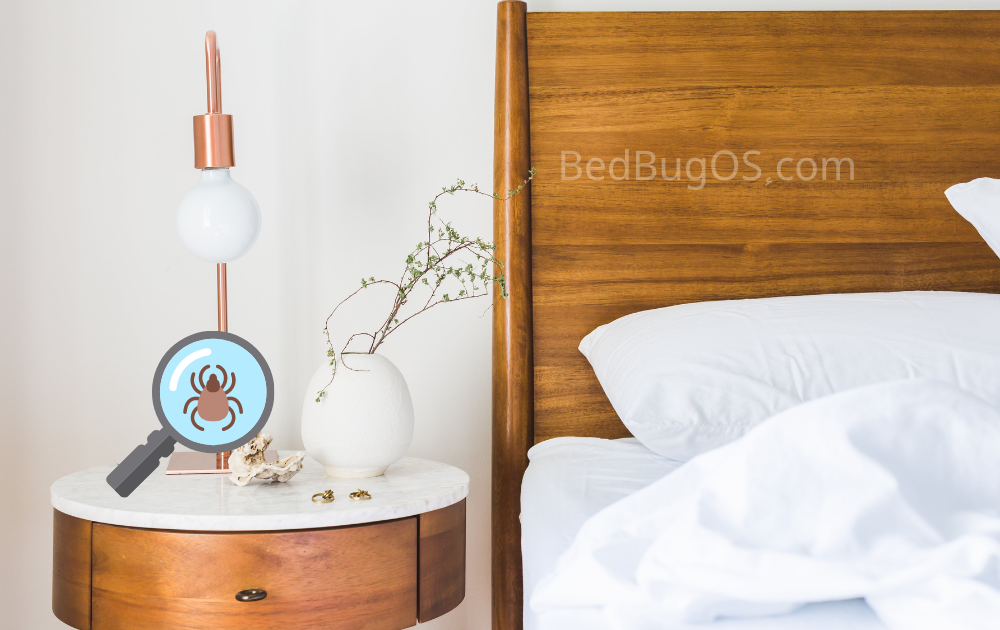
Remove everything from the surface of your nightstand including lamps, books, and picture frames. Use a flashlight to see bed bugs to look in all the nooks and crannies of your nightstand including drawer crevices and grooves in the wood. If you have an upholstered headboard, check along the piping for any bedbug that might be hiding.
7. Dressers:
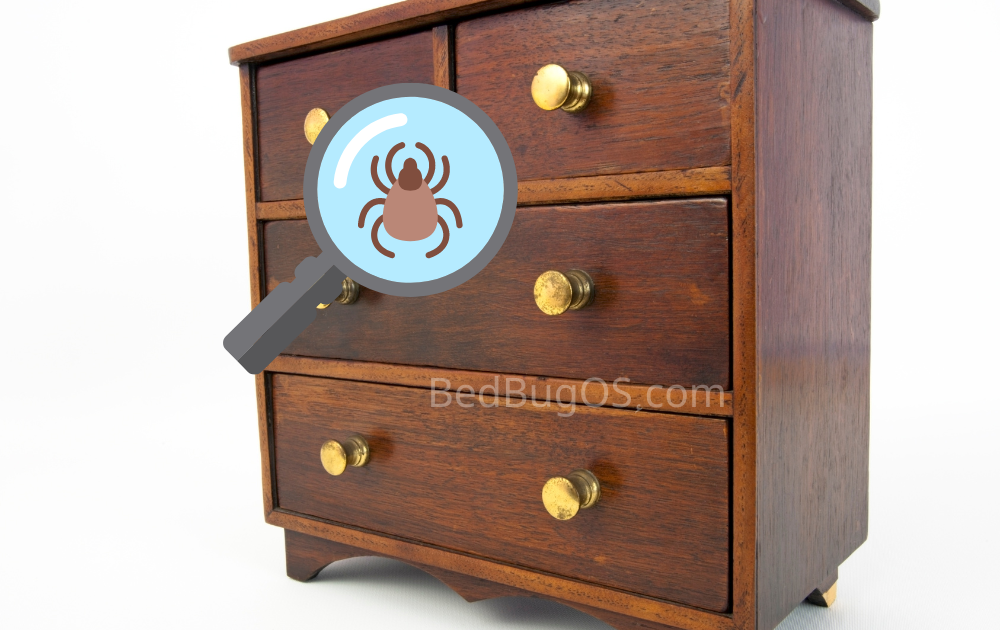
Dressers are one of the most common places to find bed bugs. Dressers are often located near beds, which makes them even more attractive to bed bugs. To prevent bed bugs from infesting your dresser, keep it clean and free of clutter. Inspect your dresser regularly for signs of bed bugs.
8. Clothes:
If you have bed bugs, one of the first places they’ll hide is in your clothes. When you wear the infested clothes they can easily bite you through clothing. This is especially true if you live in an apartment or other close quarters, where bed bugs can easily spread from one person to another.
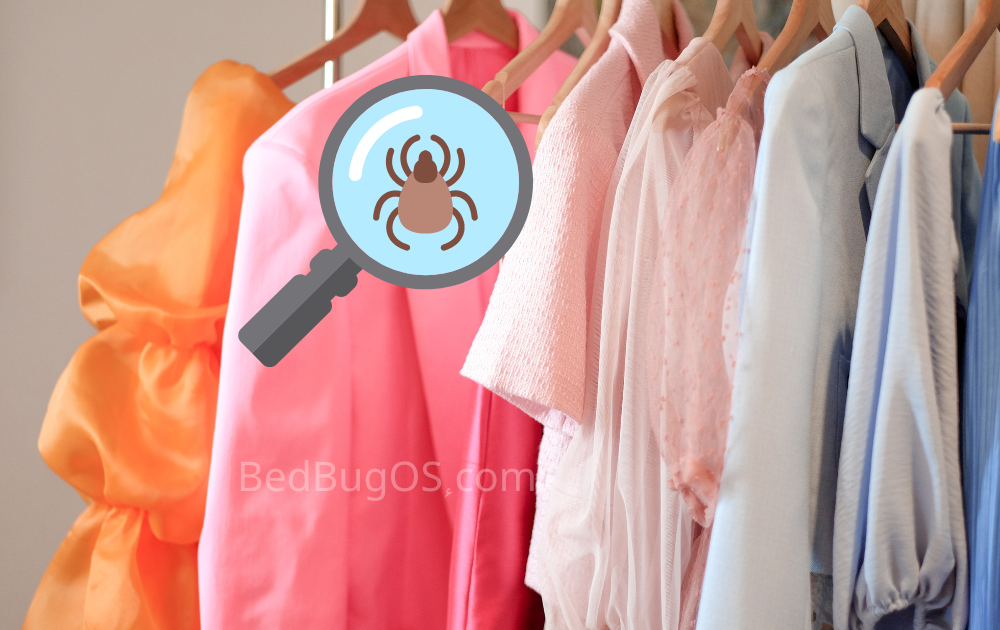
Bed bugs can hide in a number of places on your clothes, including:
- between the fabric and the lining of your clothing.
- in the folds and seams of your clothing.
- on the buttons and zippers of your clothing.
- in the creases of your clothing.
- on the hem of your clothing.
- under collars and cuff links.
9. Curtains:
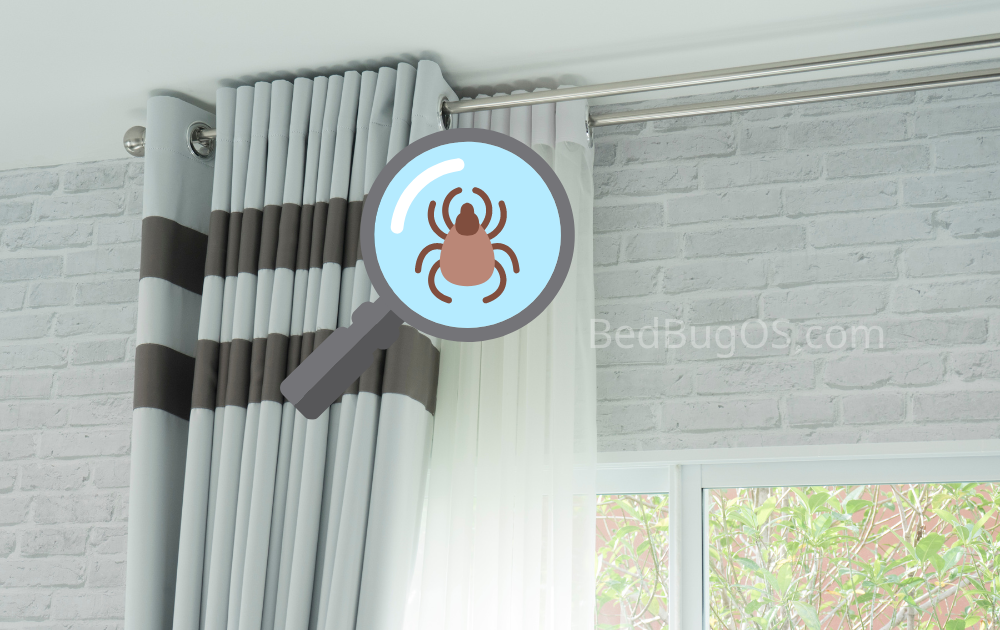
Curtains are a common hiding spot for bed bugs. The fabric provides them with a safe place to hide during the day, and they can easily climb onto curtains to get to their human hosts at night. Curtains are also a good source of food for bed bugs, as they can feast on the dust that accumulates on the fabric. If you think you may have bed bugs in your curtains, you should inspect them carefully for signs of insects. You should also vacuum the curtains regularly to remove any dust or dirt that could be providing a food source for the bugs.
10. Carpets:
While bed bugs can be found almost anywhere in your home, they are often found in carpeted areas. Carpets provide a warm, dark environment that bed bugs find appealing, and they also offer ample hiding spots to these pests. Carpets also provide shelter to other pests like carpet beetles.
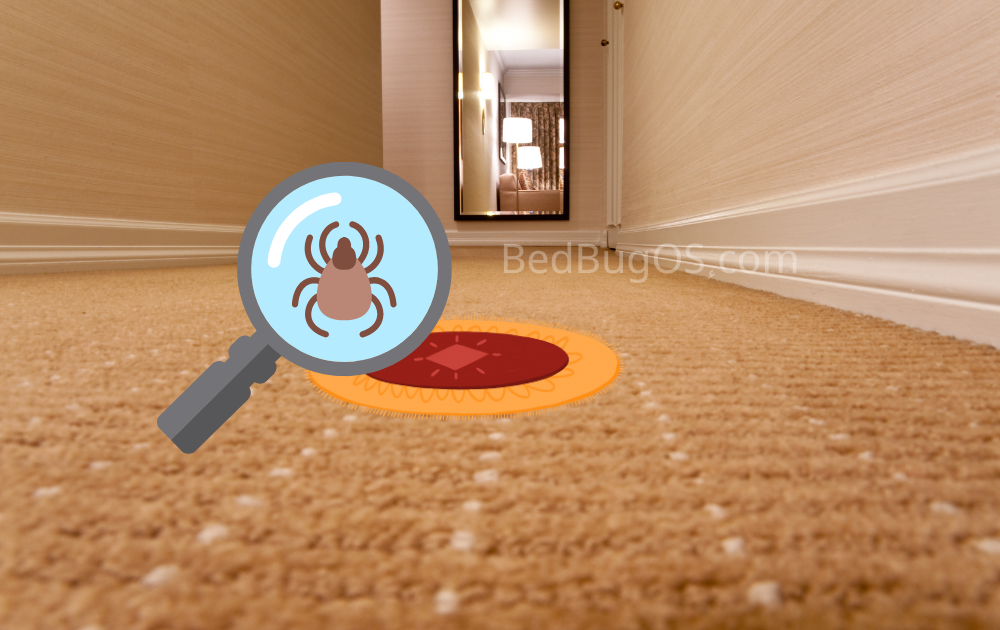
If you have bed bugs in your home, you may find them in or near the following carpeted areas:
- Under furniture
- In the creases of sofas and chairs
- On the floor near beds and other furniture
- On stairs and in stairwells
- In closets
- Underneath rugs and carpets.
To prevent them you should clean your carpets regularly by a professional carpet cleaning company.
11. Electrical outlets:
Yes, it is possible for bed bugs to hide in electrical outlets. These pests are attracted to warmth and the wiring inside electrical outlets provides a warm, protected space for them to hide. Bed bugs can crawl inside the outlet through the small openings around the edges, where they have easy access to the wiring and can hide out while they wait for their next meal.
It’s important to regularly inspect your electrical outlets for any signs of bed bugs, as they can be difficult to spot and can easily go unnoticed. If you do find bed bugs in an electrical outlet, it’s important to take steps to eradicate them as soon as possible to prevent the infestation from spreading. This may involve using a professional pest control service or following specific treatment protocols to eliminate the bed bugs and prevent them from returning.
12. cracks and crevices in floors and walls
Yes, bed bugs are small, flat insects that are about the size of an apple seed. They are known for their ability to hide in small cracks and crevices, making them difficult to detect and eliminate.
They can also hide in the cracks and crevices of walls and floors, particularly in areas near beds or other places where people sleep. To get rid of bed bugs, it’s important to thoroughly inspect your home and identify all the places where they may be hiding. You may need to use a combination of pest control methods, such as pesticides, heat treatment, and physical removal, to effectively eliminate them.
13. Wallpaper And Other Decorative Items
Bed bugs are known to hide in a variety of places, and they may be able to hide in wallpaper or other decorative items. However, it is more common for them to hide in areas that are closer to their sources of food (i.e., humans). Bed bugs are commonly attracted to warmth and the presence of humans, so they often hide in areas where people sleep or spend a lot of time.
14. On Shelves
They are called “bed bugs” because they are often found in beds, but they can also hide in other places, including bookshelves.
They are often found in areas where people sleep or spend long periods of time. They can crawl into small spaces and hide in crevices, including the cracks and seams of bookshelves.
15. Cluttered Areas
Yes, bed bugs can hide in cluttered areas as well, such as under piles of clothes or in clutter around the bed. To get rid of bed bugs, it’s important to thoroughly inspect your home and identify all the places where they may be hiding. You may need to use a combination of pest control methods, such as pesticides, portable heater treatment, and physical removal, to effectively eliminate them.
16. Behind Baseboards
Yes, bed bugs can hide behind baseboards and other small, tight spaces in your home. They are small and flat, which allows them to easily squeeze into tight crevices and hide in places that are difficult to see or access. In addition to hiding behind baseboards, bed bugs can also hide in the seams of furniture.
17. In the Bathroom
While bed bugs are commonly associated with bedrooms and sleeping areas, they can also find their way into bathrooms. In bathrooms, bed bugs tend to hide in cracks and crevices near the bed bug’s preferred host, humans. Common bed bug hiding spots in bathrooms include the seams of bathroom furniture, such as cabinets or vanity units, behind loose tiles or wallpaper, in electrical outlets, and even in towels or clothing left in the bathroom. It’s important to remain vigilant and conduct regular inspections in the bathroom.
FAQ’s
Bed bugs are skilled at finding hiding spots in bedrooms. Common places include mattress seams, box springs, bed frames, headboards, and nearby furniture.
Yes, bed bugs can seek refuge in electronics and appliances with small crevices, such as alarm clocks, laptops, televisions, and even electrical outlets.
Yes, bed bugs can surprise you with their hiding spots. They can be found in picture frames, behind peeling wallpaper, inside books, bathrooms, or even in the seams of upholstered chairs or sofas.
Regular inspections are crucial. Look for live bugs, shed skins, dark stains, or tiny black fecal spots on surfaces. Using a flashlight and magnifying glass can help in identifying bed bugs or their signs in hard-to-reach areas.
To reduce the risk of bed bug infestations, regularly vacuum and clean your home, minimize clutter, inspect secondhand items before bringing them inside, use mattress encasements, and be cautious when staying in hotels or using public transportation.
Conclusion:
Bed bugs are skilled hiders and can be found in a variety of unexpected places in your home. By understanding the common bed bug hiding spots they like to hide, you can take proactive steps to prevent an infestation and protect your home from these pesky pests.
Do not try to remove bed bugs on your own, as this can spread the infestation to other areas of your home. A professional pest control company will be able to identify the source of the infestation and provide effective treatment to get rid of the bed bugs.
Remember to regularly inspect your bedding, furniture, and other household items for signs of bed bugs, and be sure to regularly vacuum and tidy up to remove any potential hiding spots. With a little knowledge and vigilance, you can keep bed bugs at bay and enjoy a peaceful, bite-free night’s sleep.

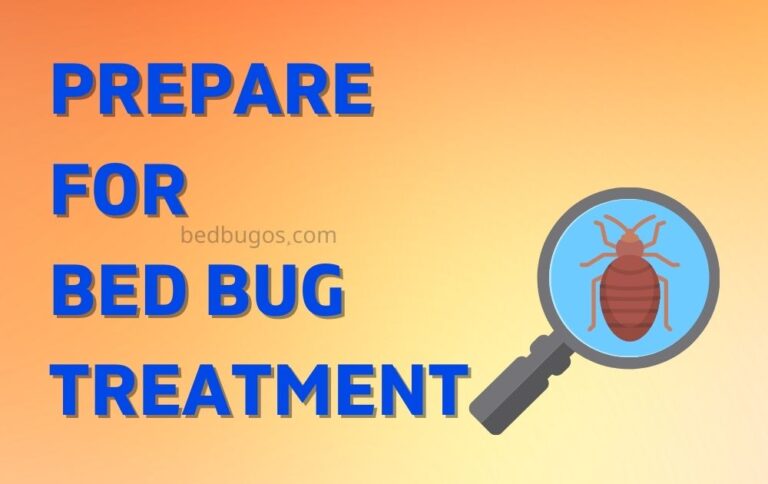

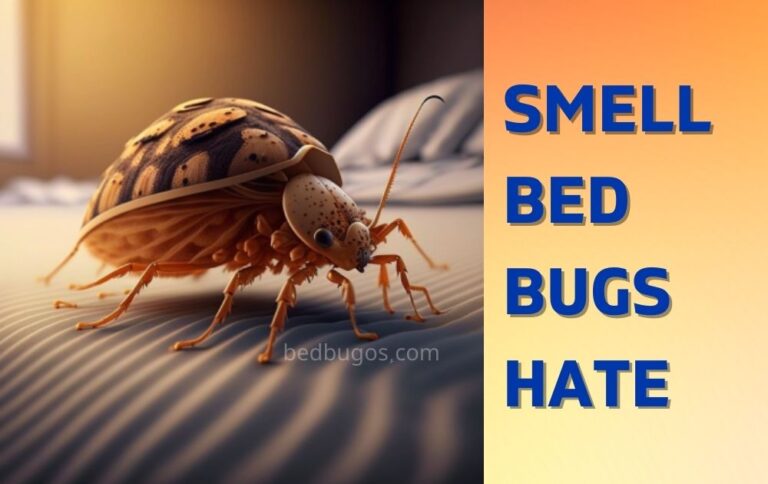
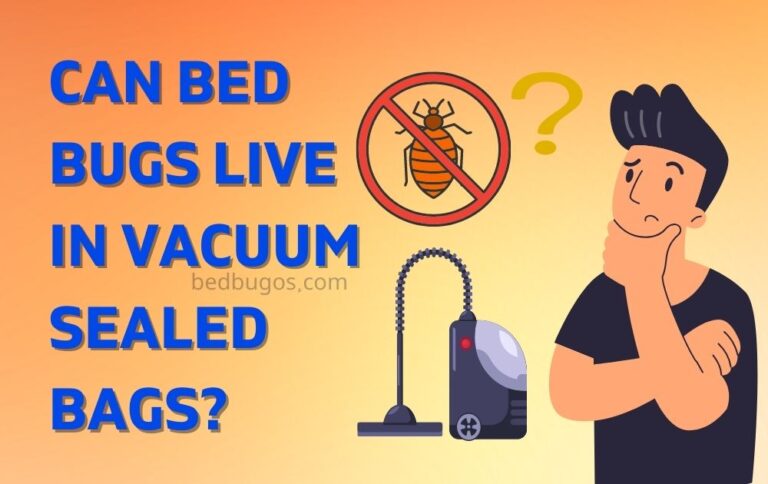
![How Long Can a Bed Bug Live Without Food? [Tolerance]](https://lyssfits.com/wp-content/uploads/2022/12/How-Long-Can-a-Bed-Bug-Live-Without-Food-Answered-768x484.jpg)
![What Scent Do Bed Bugs Hate? [5 Best Scents]](https://lyssfits.com/wp-content/uploads/2023/02/What-Scents-Do-Bed-Bugs-Hate-768x484.jpg)